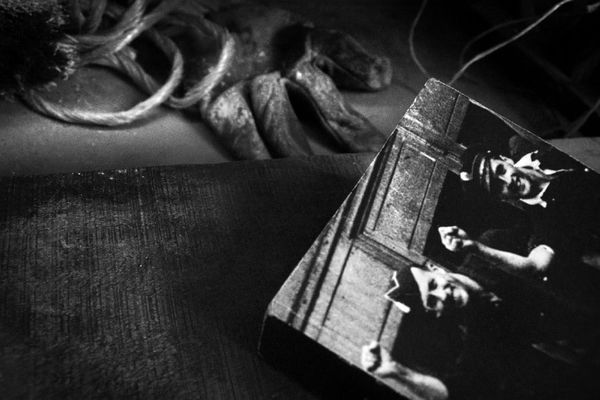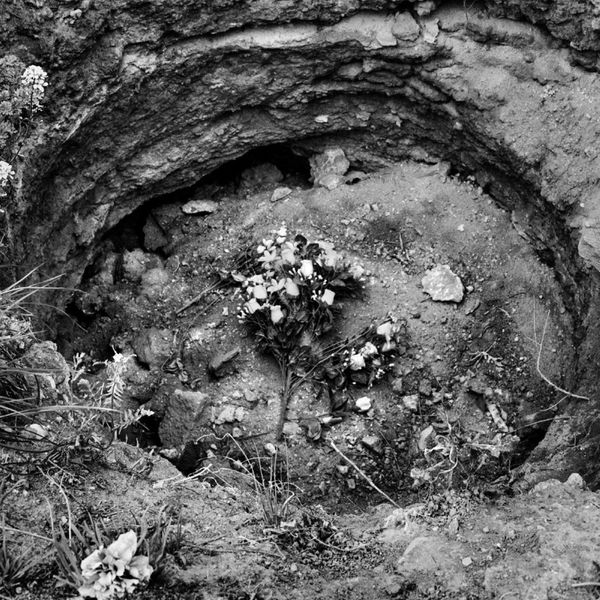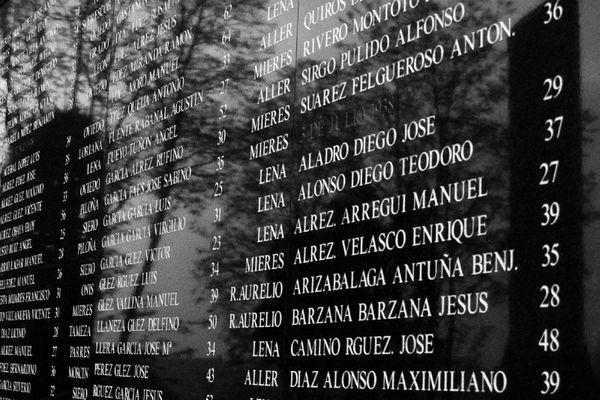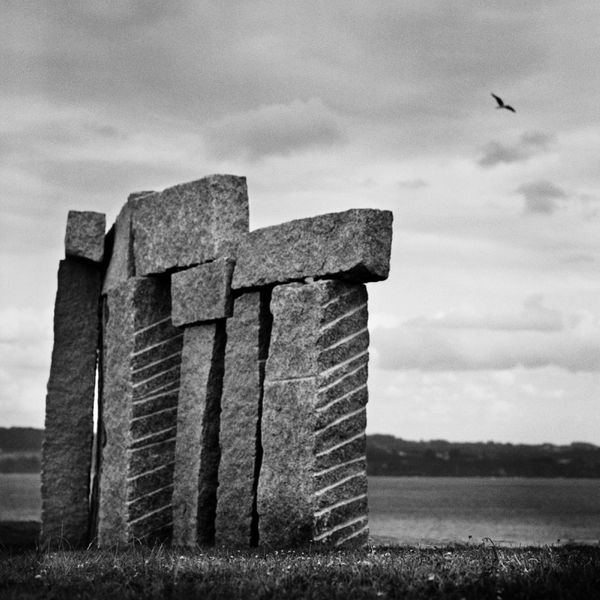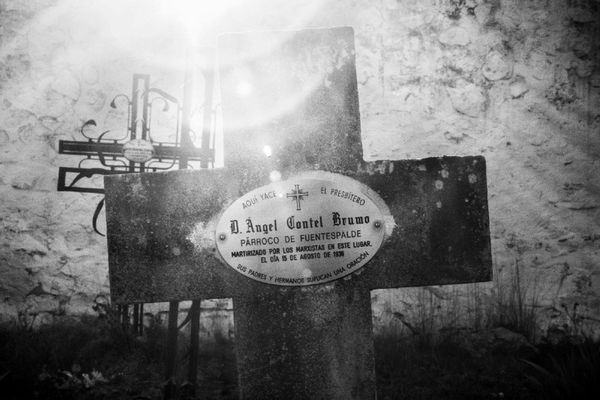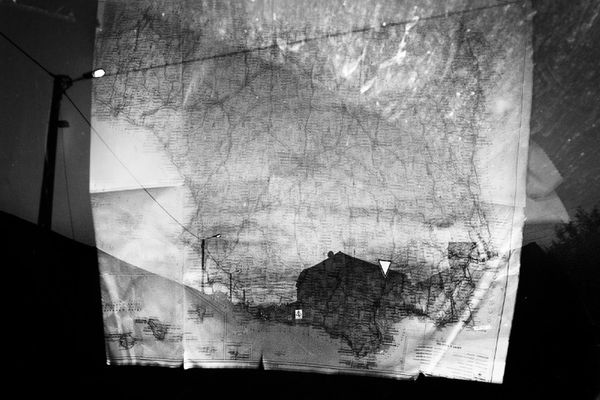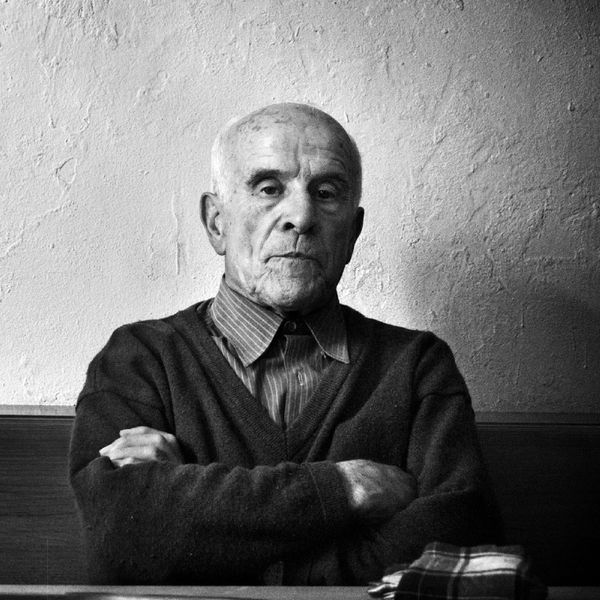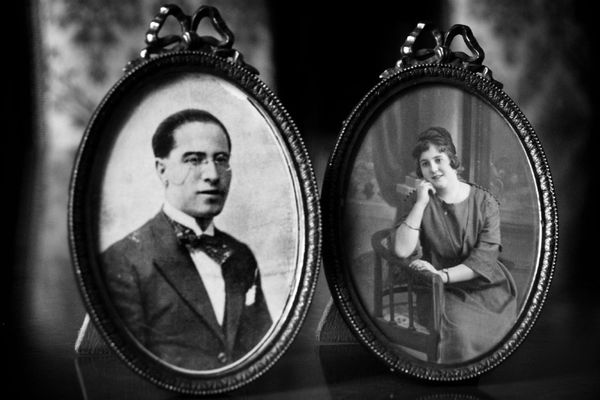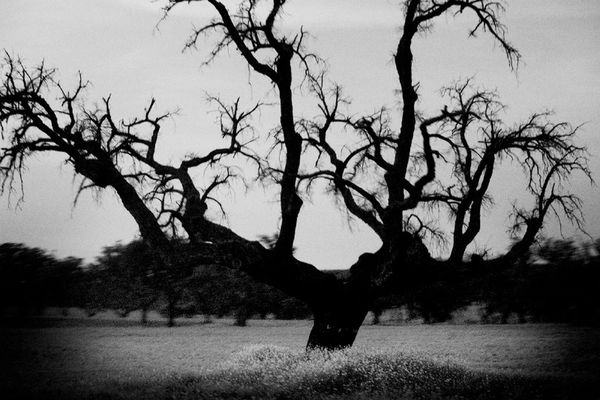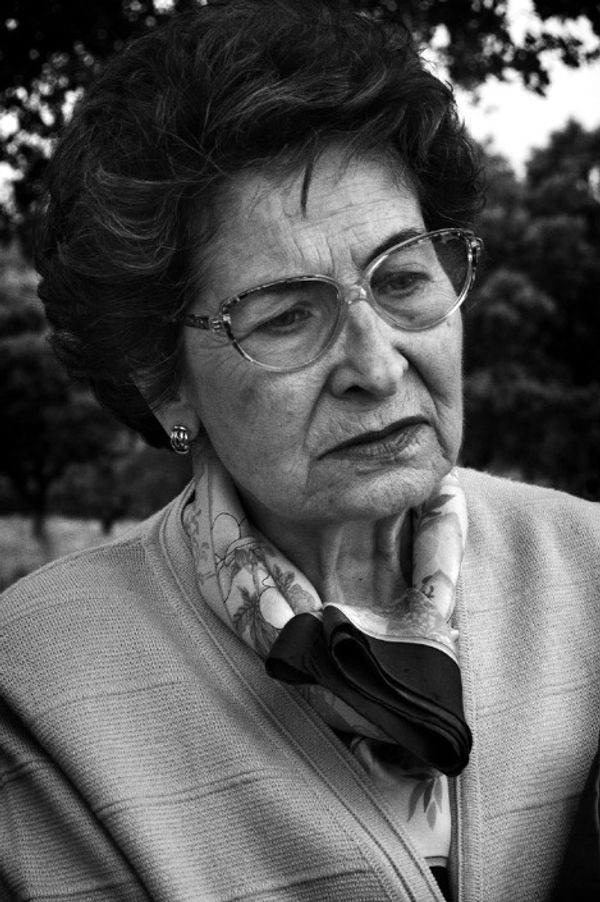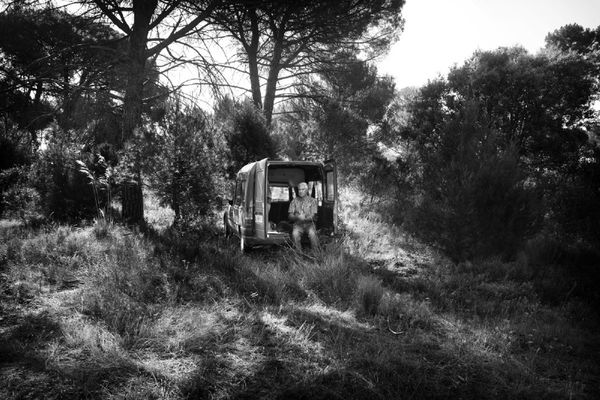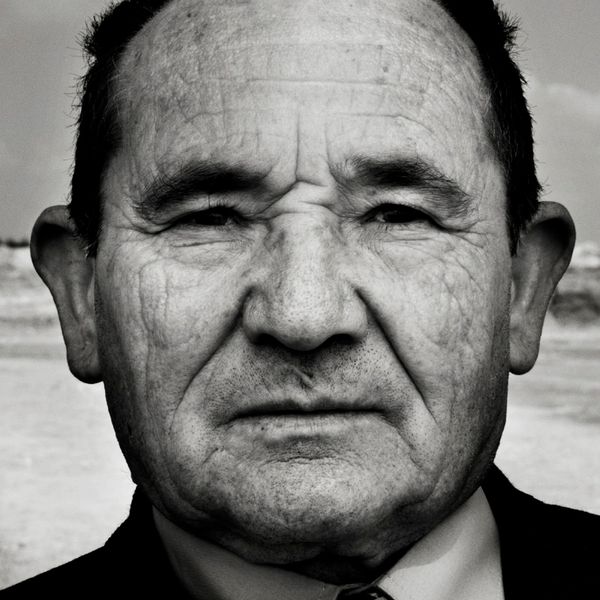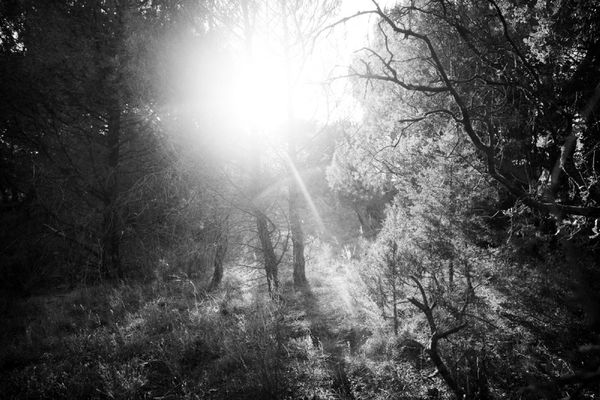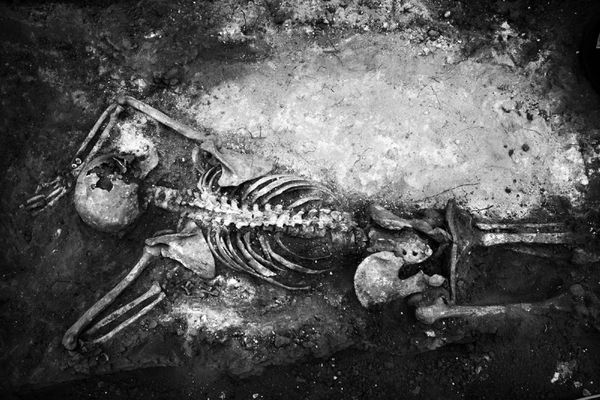Exilio de dentro
-
Dates2006 - 2012
-
Author
Spain declared 2006 as the Year of Historic Memory.
Spain declared 2006 as the Year of Historic Memory. While the socialist government opened 600 mass graves where 30 thousands bodies are buried, several leaders of the right wing opposition party claim not to rock the boat.
In the name of national reconciliation, people in Spain came to an “oblivion pact”: the silence surrounding republicansí deaths survived Franchism and the amnesty signed in 1977 actually spawned unpunishment.
The civil society made a stand against the oblivion pact: the Association for the Recovery of Historic Memory founded by Emilio Silva in 2000, was the first important step. Important expecially for survivors, for those who did not choose the geographical exile, but who live day by day the ìexilio de dentroî, the inner exile, made of silence and fear. Important also for their offsprings, those who today unbury the deads.
Mas de las Matas, Aragon; Pozos de Caudé, Teruel; Turanzas, in the Asturias, and many others are the places where the number of the deads sometimes is just the number of the killing blows heard by a sheperd who wrote down each shot on a notebook; places where people decided that giving a name to the deads is as important as unbury the corpes, where people persist in telling what happened because they think that today it is pivotal to do it, because memory risks to disappear along with the last witnesses. Unbury the dead, thereafter, becomes the only way to bury the pain.
